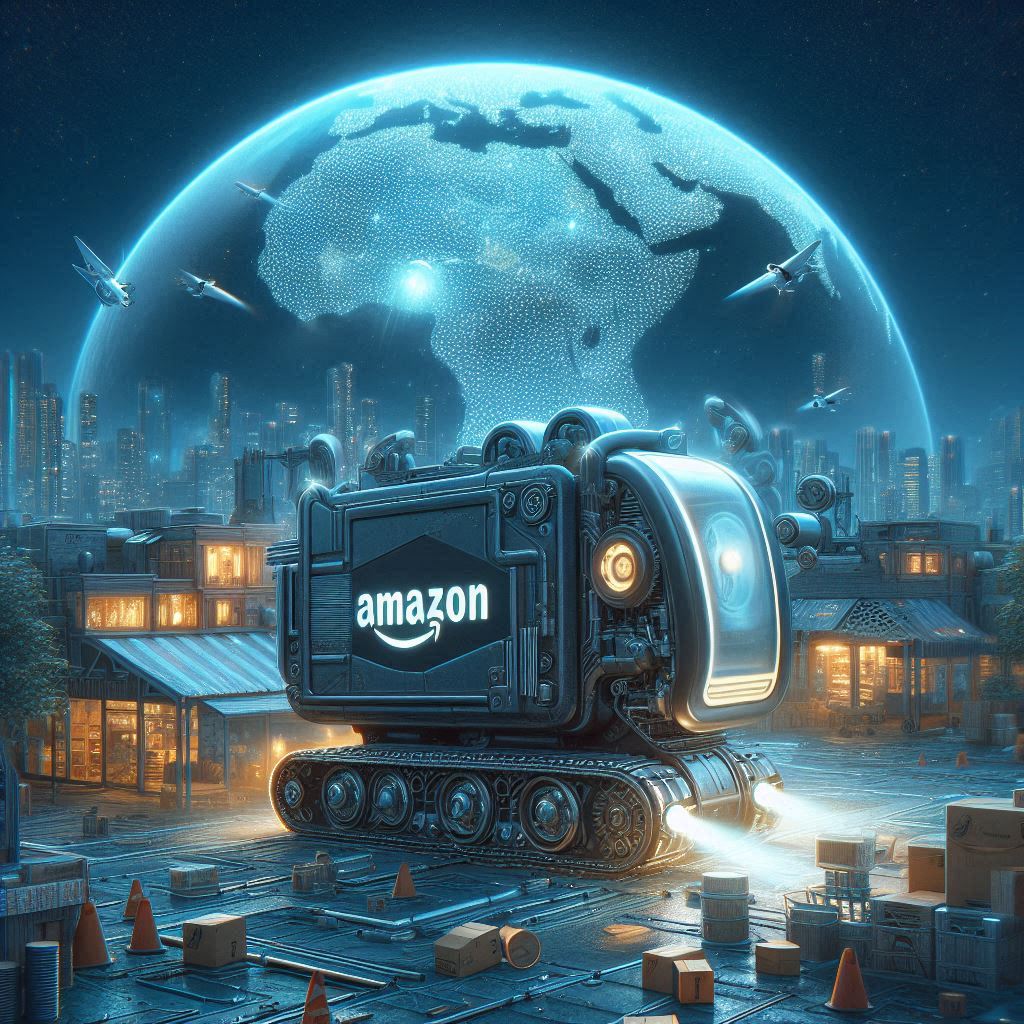
As the world plunges deeper into the AI revolution, companies are scrambling to harness the transformative power of generative AI, epitomized by technologies like ChatGPT. This surge in demand has placed Amazon's AWS at the forefront, leveraging its expansive network of data centers to meet the escalating computational needs.
Prasad Kalyanaraman, Vice President for AWS Infrastructure, stands at the helm of this formidable operation, responsible for ensuring that AWS's global fleet of data centers remains primed for the challenge ahead. With centers scattered across numerous regions worldwide, AWS serves as a pivotal engine room driving much of the online ecosystem, rivaled closely by Microsoft and Google.
"Innovation and grit" are essential, Kalyanaraman emphasized in an interview with AFP at Amazon's headquarters near Washington, highlighting the ongoing efforts to optimize energy efficiency from chip design to data center operations. His tenure spans nearly two decades at Amazon, evolving from software development to overseeing critical infrastructure.
"Cloud computing has become ubiquitous," Kalyanaraman noted, reflecting on AWS's pivotal role in democratizing access to computing power since its inception in 2006. The decision to offer cloud services stemmed from recognizing the complexity and cost barriers faced by customers in building their own computing infrastructure.
Despite its success, constructing and managing data centers pose formidable challenges. From securing adequate land for expansion away from urban centers to ensuring robust connectivity and sustainable power sources, AWS navigates complex logistical and environmental considerations.
The proliferation of AWS data centers hasn't been without scrutiny, with concerns over visual impact and strain on local power grids. However, Kalyanaraman views these challenges as opportunities, particularly amidst the surge in demand driven by generative AI and other compute-intensive applications.
"Power remains a critical resource," Kalyanaraman acknowledged, underscoring AWS's commitment to renewable energy. AWS stands as the world's largest purchaser of renewable energy for four consecutive years, part of its broader goal to achieve net-zero carbon emissions by 2040.
Looking ahead, Kalyanaraman remains optimistic about the potential of AI, framing it as an opportunity for innovation rather than a constraint. As the industry evolves, AWS continues to explore new frontiers, including potential collaborations with the nuclear energy sector to meet growing computational demands.
"Innovation has always found a way," Kalyanaraman concluded, reaffirming AWS's dedication to driving technological advancements while maintaining a sustainable approach to meet the challenges of tomorrow's digital landscape.